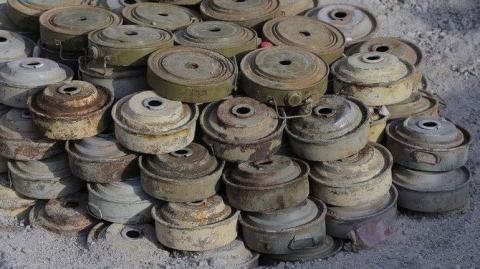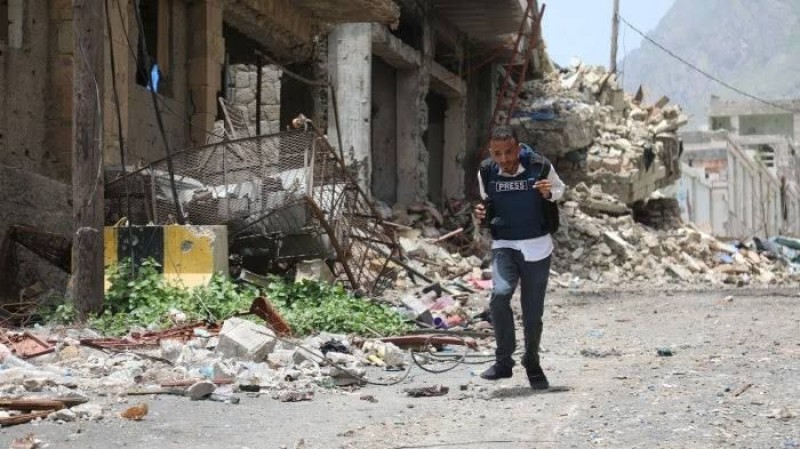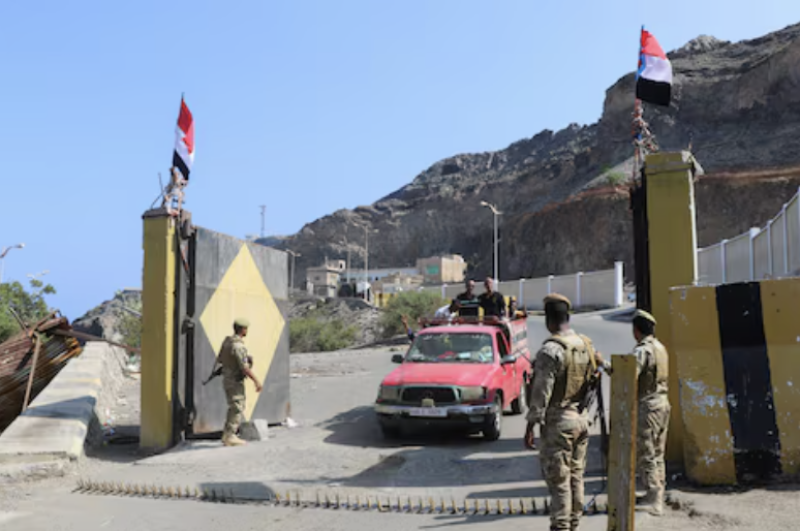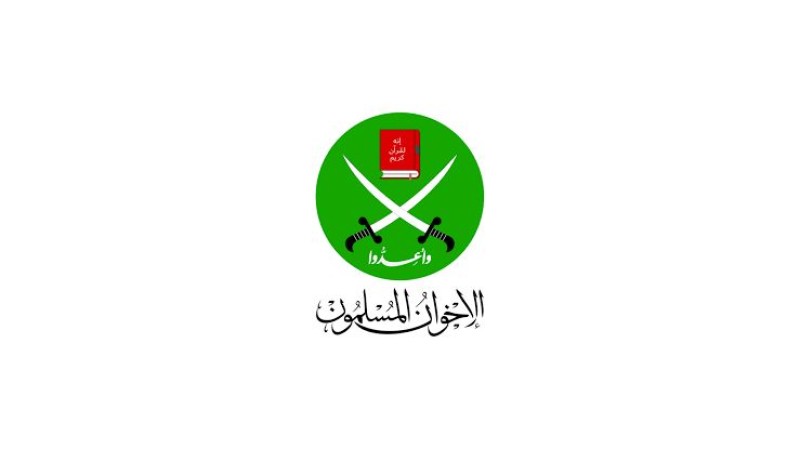Yemen’s Socotra on World Monuments Fund 2022 watch list


Yemen’s Socotra, one of the world’s most isolated continental fragments, was selected for the World Monuments Fund’s watch list for 2022.
Socotra, about 340 kilometres south-west of Yemen, is known for its centuries-old umbrella-shaped dragon blood trees and is known as the Galapagos of the Indian Ocean because of its biodiversity.
Storms, changing temperatures and rising sea waters are putting its ecology, heritage, cultural traditions and livelihoods on the line.
The island is now part of the WMF’s biennial selection of 25 of the world’s most significant heritage and endangered sites in need of immediate attention.
Buildings in Beirut, Lebanon, and Benghazi, in Libya, are among the sites on the list.
The nomination was put forward by the Royal Botanic Garden Edinburgh in collaboration with Socotri, Yemeni and global partners.
Simon Milne, Regius Keeper of RBGE, said he was delighted that the island had been recognised by WMF, and called it “an important step in the protection of this globally significant heritage”.
“The Soqotra Archipelago is an area of outstanding biological diversity where an incredible 37 per cent of plant species can be found nowhere else on Earth,” he said.
“This astonishing biodiversity is part of a rich cultural heritage, unique to the region, where nature and the environment are inextricably linked with the culture, language and traditions of the Socotran people.”
The recognition by WMF will push to raise awareness, identify and develop programmes that will place heritage conservation at the heart of Socotri society and livelihoods, the organisation said.
It will also “conserve its distinctive heritage for local and global benefits”.
Socotra, which means “island abode of bliss” in Sanskrit, was named a World Heritage Site in 2008.
The UN’s cultural agency, Unesco, described the main island as one of the world’s “most biodiversity-rich and distinct”.
It is home to more than 50,000 people and has remained relatively untouched by Yemen’s civil war.
It lies in turquoise seas between Arabia and Africa, about 350 kilometers south of the country’s coast.

The International Federation of Journalists (IFJ) announced that 111 journalists and media workers were killed across the globe in 2025, underscori…

Aden — Southern and eastern regions of Yemen, under the authority of the internationally recognized government, are witnessing a new phase of…

Florida Governor Ron DeSantis has issued an executive order designating the Muslim Brotherhood and the Council on American-Islamic Relations (CAIR)…